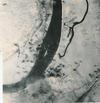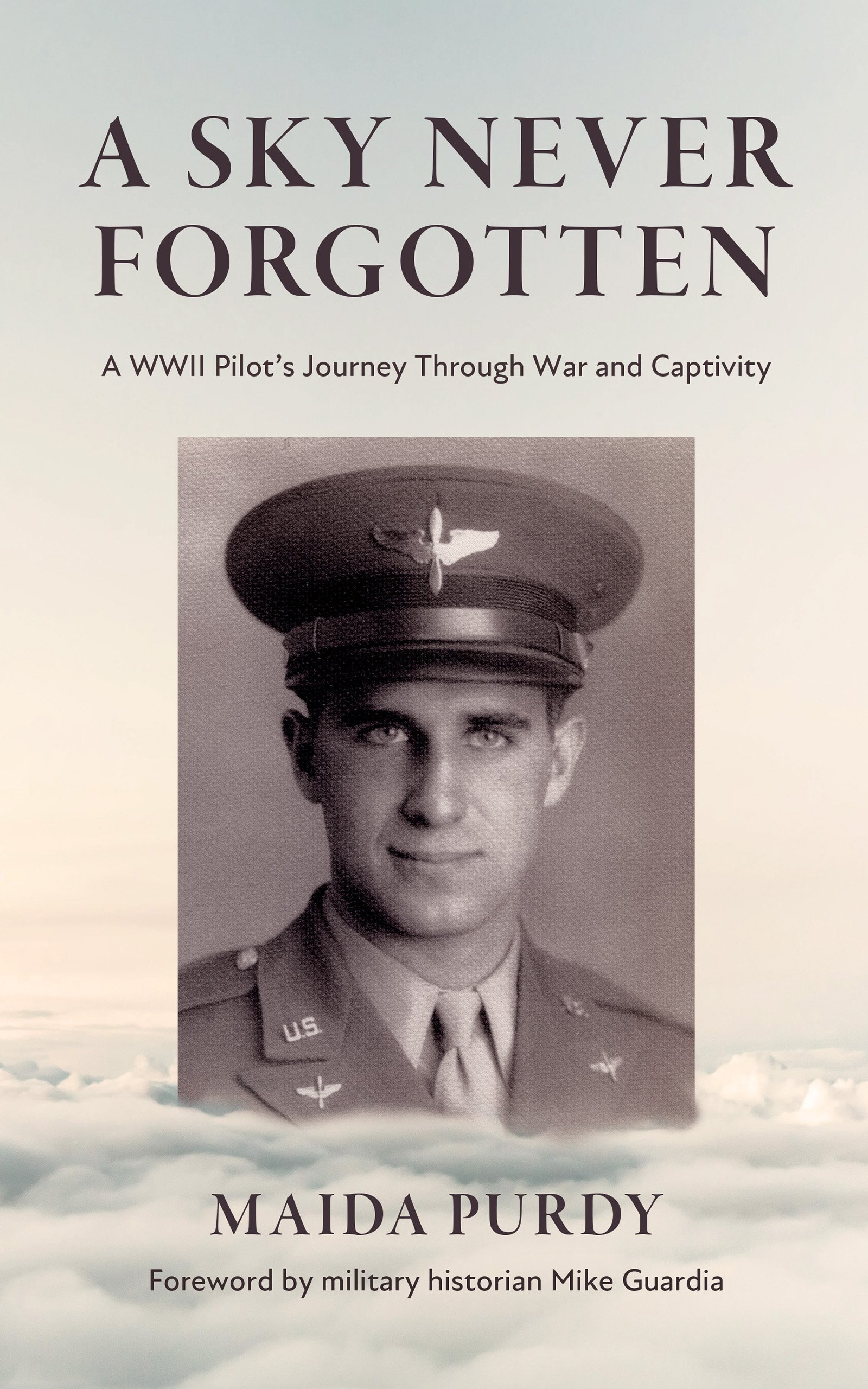TSgt Alfred W. Young, Jr, 376th HBG & TSgt Charles H. MacElroy III, 450th HBG
by Stuart Young
(San Antonio, Texas)

Charles H. "Little Mac" MacElroy III, left and Alfred W. "Brigham" Young, Jr., right.
My father, Alfred W. Young, Jr, flew his first combat sortie with the 514th Squadron on January 19, 1945, to bomb the Brod, Yugoslavia, Marshalling Yards along the Sava River. He flew with the Lt. Albert L. Schmidt crew as the RCM. He was assigned to the Flight Officer Edward F. McGlynn crew and flew this mission while waiting for McGlynn to complete his new pilot orientation combat sorties. Lt. Schmidt and crew had no problem with this short haul, 5-hour mission. They dropped their bombs and saw no fighters and experienced little to no flak. The mission, at the time, was significant for Al because it was his first and he was no longer a combat virgin. But Al would not find out the true significance of the Brod mission until February 3, 1945, about three weeks later. On that Saturday he learned that his best friend went MIA on that very same mission. Al's best friend, TSgt Charles H. "Little Mac" MacElroy III, flew the Brod mission as a radio operator/gunner with the Lt. Robert S. Hogan crew, 723rd Heavy Bombardment Squadron, 450th HBG, out of Manduria, Italy, about 11 miles from San Pancrazio. Little Mac was also flying with a different crew while waiting for his pilot, Flight Officer Charles P. Aiken, to finish his orientation flights. Al and Little Mac knew each other before the war, knew some of the same girls from Belmont, Massachusetts, went through Combat Crew Training in Charleston together, took the same ship to Italy, and arrived at their respective Italian airfields on the same day, December 29, 1944. They were close and even found time to visit with each other once in Italy. The Brod mission was also Little Mac's first combat sortie. Little Mac's ship, Daisy May, with her bomb bay doors open, received a direct flak hit at 24,000 feet between the #1 and #2 engines about one minute before bombs away. The force of the explosion knocked Daisy May about 50 feet up in the air, breaking the outer section of the wing between the two engines, folding the broken section of the wing back against the body of the ship, engulfing the wing and the aft body of the ship in flames. Daisy May then veered left, falling through the center of her B-24 formation, turned over on her back, bombs falling free from her bomb bay, and entered into a tight flat spin. She was last seen at 1213 by other ships in the formation spinning in flames towards the ground. No chutes were seen. The whole crew was listed as MIA. It wasn't until after the war and the liberation of American POWs did it become known two crew members escaped Daisy May - one was the pilot and the other was the flight engineer, who said he was thrown out through the bomb bay. Lt. Hogan had ordered the crew to bailout and saw his copilot start to losen the cord to his heated suit and thought he was right behind him. But after Lt. Hogan bailed out he saw his ship blow completely apart. Little Mac and eight other crew members went down with the ship and perished. Lt Hogan and his flight engineer spent the remainder of the war in German POW camps until liberation on April 29, 1945, from the same camp holding Al's missing crew - the McGlynn crew. Four days after Al learned his best friend was MIA, his own crew went MIA on the February 7th mission to bomb the Moosbierbaum Oil Refinery. It was one tough blow for a 22-year old to take.
The website 376bg.org is NOT our site nor is it our endowment fund.
At the 2017 reunion, the board approved the donation of our archives to the Briscoe Center for American History, located on the University of Texas - Austin campus.
Also, the board approved a $5,000 donation to add to Ed Clendenin's $20,000 donation in the memory of his father. Together, these funds begin an endowment for the preservation of the 376 archives.
Donate directly to the 376 Endowment
To read about other endowment donation options, click here.
Reunion
NOTE change in the schedule !!
DATES: Sep 25-28, 2025
CITY:Rapid City, SD
HOTEL: Best Western Ramkota Conference Hotel; 2111 North LaCrosse St., Rapid City, SD 57702; 605-343-8500
Click here to read about the reunion details.























